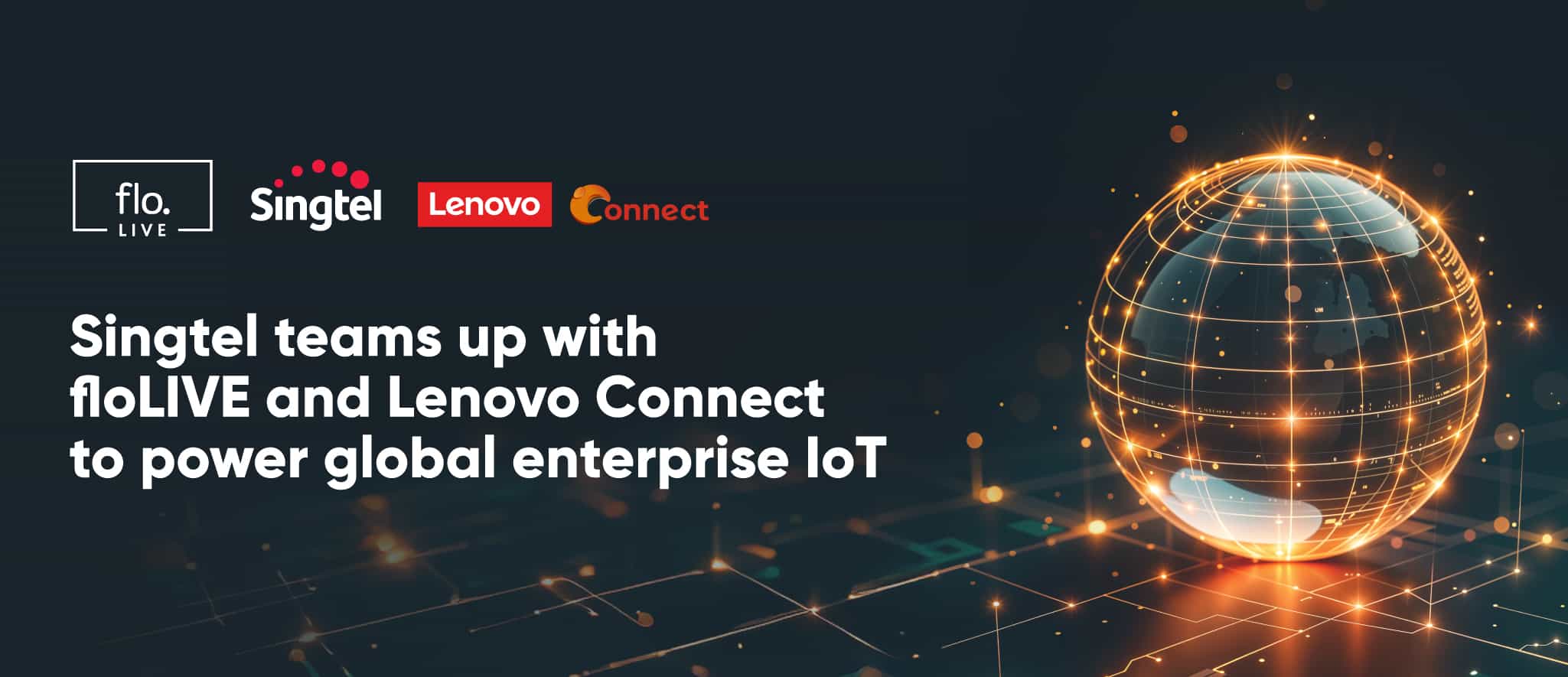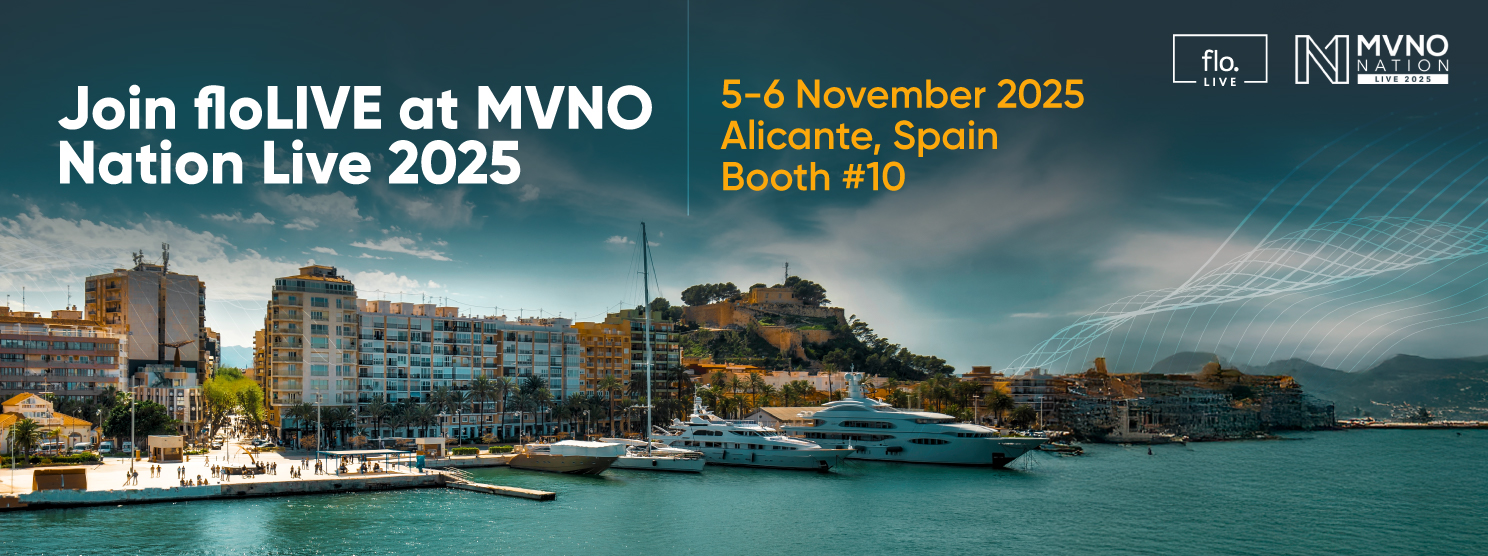Page Contents
Global Connectivity through a Local Approach

Page Contents
In a rapidly growing connected world and economy, the need to achieve local connectivity at a global scale is pertinent, but this has historically been a challenge. Multiple networks, complicated infrastructure, and disparate connectivity management platforms have created an approach that’s complex to deliver and manage.
floLIVE has created the world’s first hyperlocal global connectivity solution to drastically reduce those challenges to help MNOs, MVNOs, IoT Service Providers, and enterprises scale globally with minimal friction. floLIVE has created the first global network with over 20 partners and 40 distributed Points of Presence (POPs), which allows organizations to tap into local connectivity. This local connectivity through a global approach drives reliability and performance while completely avoiding challenges associated with roaming restrictions, bans, and complexities in managing roaming agreements.
It’s global connectivity through a single source and through a single SIM, and it’s a revolutionary approach to frictionless global connectivity.
Here are two of the cornerstones of our offering:
1. A Fully Virtualized Core Network
A dedicated IoT core network is an important differentiation between consumer core networks. IoT devices have different usage than consumer devices, and that impacts packet sizes, bulk data transfer, latency, throughput, and more. But trying to merge a consumer core network and an IoT core network is a challenging approach with polarizing goals and requirements.
To get the most out of your IoT offering, you will need to adapt your existing core to suit, but this is easier said than done, as your core needs to continue to support smartphone users, all without impacting their service. Think about credit control, where IoT devices use the same amount of data in a decade as a phone might use in an hour, or signaling requirements, where a phone needs constant availability while an IoT device might only need a periodic connection to send specific data. Networking requirements must be adapted to allow the resource load to be lighter, optimizing for battery life, speed, and performance.
A cloud-native mobile core network is the most efficient and cost-effective approach to launch a successful IoT business. floLIVE offers its core network as a service, paving the road for mobile operators to a profitable IoT business, built with the future in mind and suited to your IoT needs – both commercial and technical:
- IoT oriented: to support 3G and LTE, as well as the latest GSMA standards – NB-IoT, CAT-M and 5G
- Low footprint: so that it’s lighter and faster to deploy, utilizing minimal IT resources
- Network slicing: to cater to a growing variety of IoT use cases
- Dynamically scales: alongside business growth, optimizing resources and contributing to your bottom line
- A service-based business model: offers the flexibility to respond to continuously evolving business requirements of connected enterprise customers.
- Zero CAPEX: when offered from your regional cloud provider (ex: AWS), therefore further reducing TCO.
2. A Holistic Cloud-Native CMP
(CMPs) range from “Thin CMPs” that are in essence, an orchestration layer streamlining the mobile operator’s legacy core network and BSS to “Holistic CMPs” that inherently include all fundamental elements and have much tighter integrations and workflows. What exactly is essential in a CMP? Here are just two important factors to consider, among many others.
CMP License Costs
Core network and Business Support System (BSS) vendors typically charge a monthly license fee per SIM/IMSI. That means that over time, the accumulated license cost, alongside ongoing operation, maintenance and support costs, make it difficult for the mobile operator to remain competitive. This is especially true when you consider the fierce competition by IoT Service Providers, who are driving prices down in a race to the bottom.
With so many devices entering the market, this means more licenses to manage. And these licenses were originally intended for mobile subscribers (who consume a lot of data and voice from their mobile phones, thus generating significant revenues).
A single Holistic CMP covers all your connectivity management needs and reduces your software licensing costs and, therefore your overall TCO.
Integrations
Two important integrations are required when utilizing a CMP:
- Core Network Integration: Integration with a third-party core network is complex and may include multiple interfaces and protocols. For example, integration with the Online Charging (OCS) element may be based on Diameter, Radius, HTTP or other protocols, and this is just one aspect of the integration!
- BSS Integration: Integration with an existing BSS (Business Support Services) might turn out significantly more complex than you think at first, as BSS is a suite of applications and services that spans many aspects. This includes customer management, product catalog, rating, billing, invoicing and more. Apart from the standard work that’s required for any integration, these elements also require a detailed design of the operational and functional workflows before even attending to the integration itself.
This is where the Holistic CMP kicks in – a unified platform where all building blocks are already integrated and workflows are fully streamlined. This significantly reduces the complexity, capital investment and time-to-market of your IoT project.
Learn More: Join floLIVE at MWC Barcelona
As I mentioned, our SaaS suite is more than our core network and our holistic CMP and we’d love to dive into the details. We’ll be on hand at MWC Barcelona to discuss our full suite of services and solutions, and we’d love for you to stop by! We’ll be at Hall 2 Booth 2B34, and you can drop by to talk or book time to speak with us.
Want to catch us on the stage? floLIVE expert Ken Wells will be on the debate stage for the session “The IoT Future: Connected or Exposed” on Wednesday, February 28, from 12:45-13:15 p.m. With so many devices entering the ecosystem, regulations and security approaches scramble to keep up, leaving experts wondering if IoT will expose too many vulnerabilities.

Join Our Newsletter
Get the latest tips and insights in our monthly newsletter.









